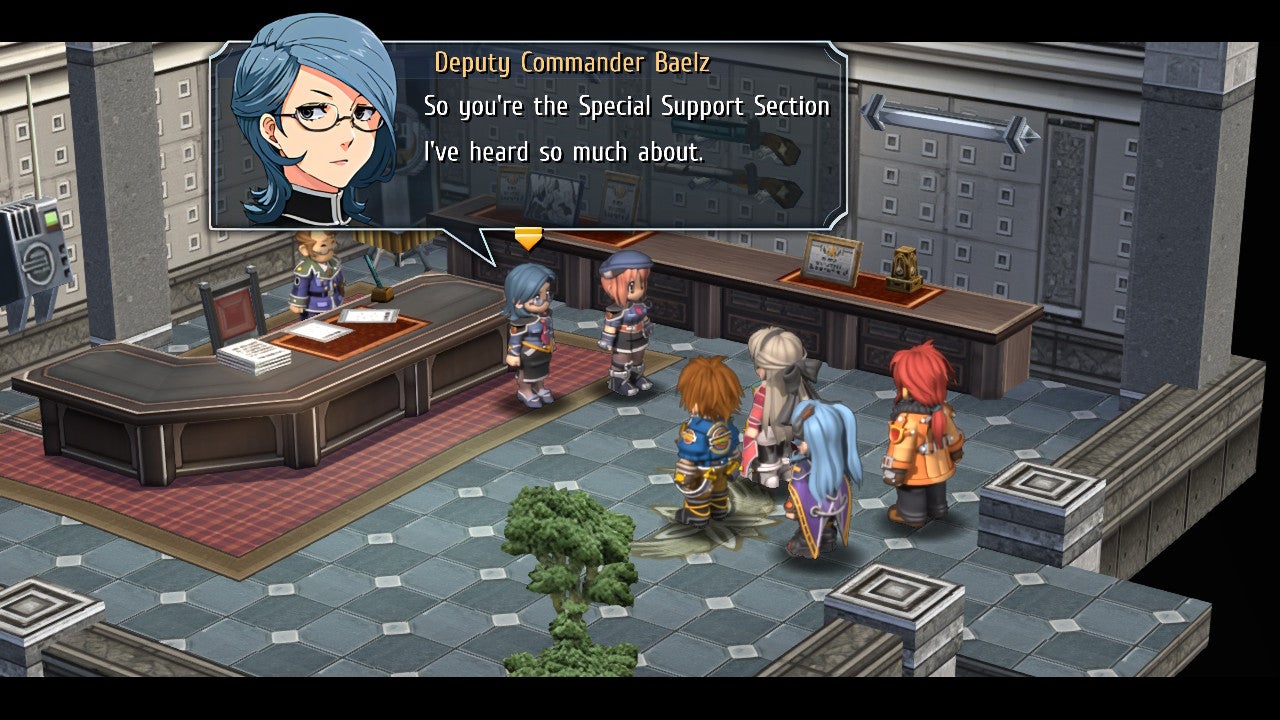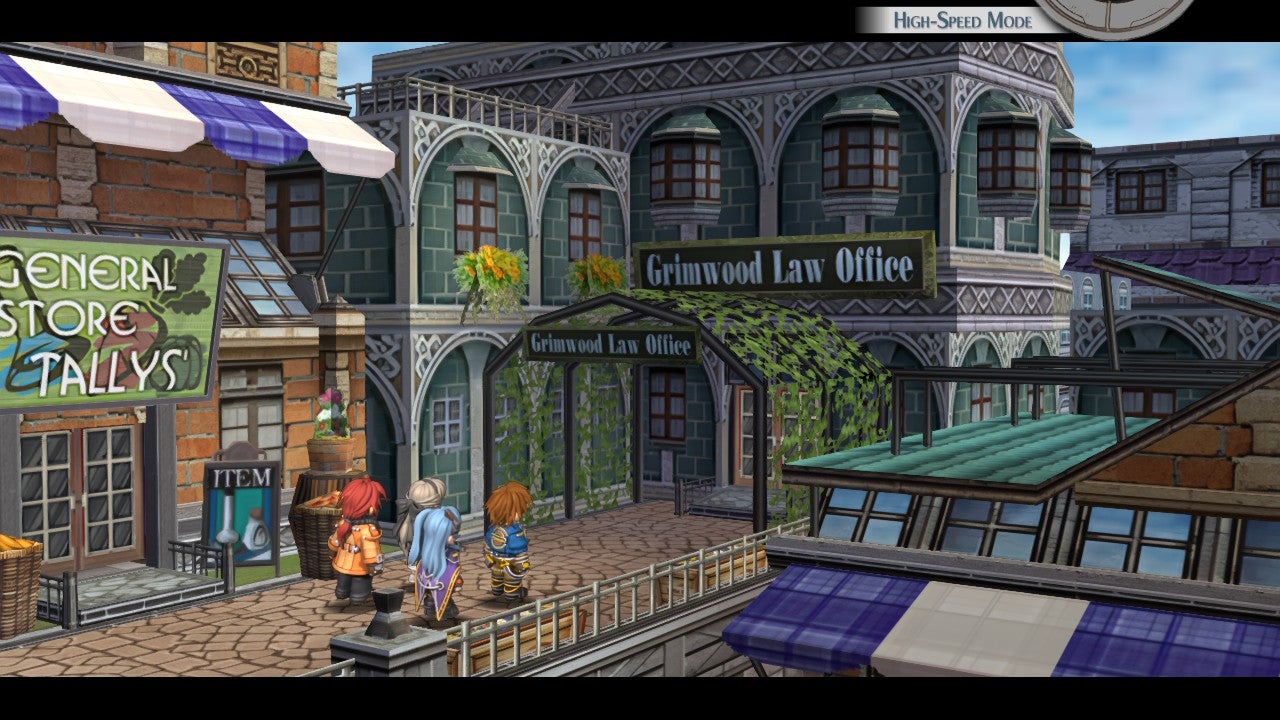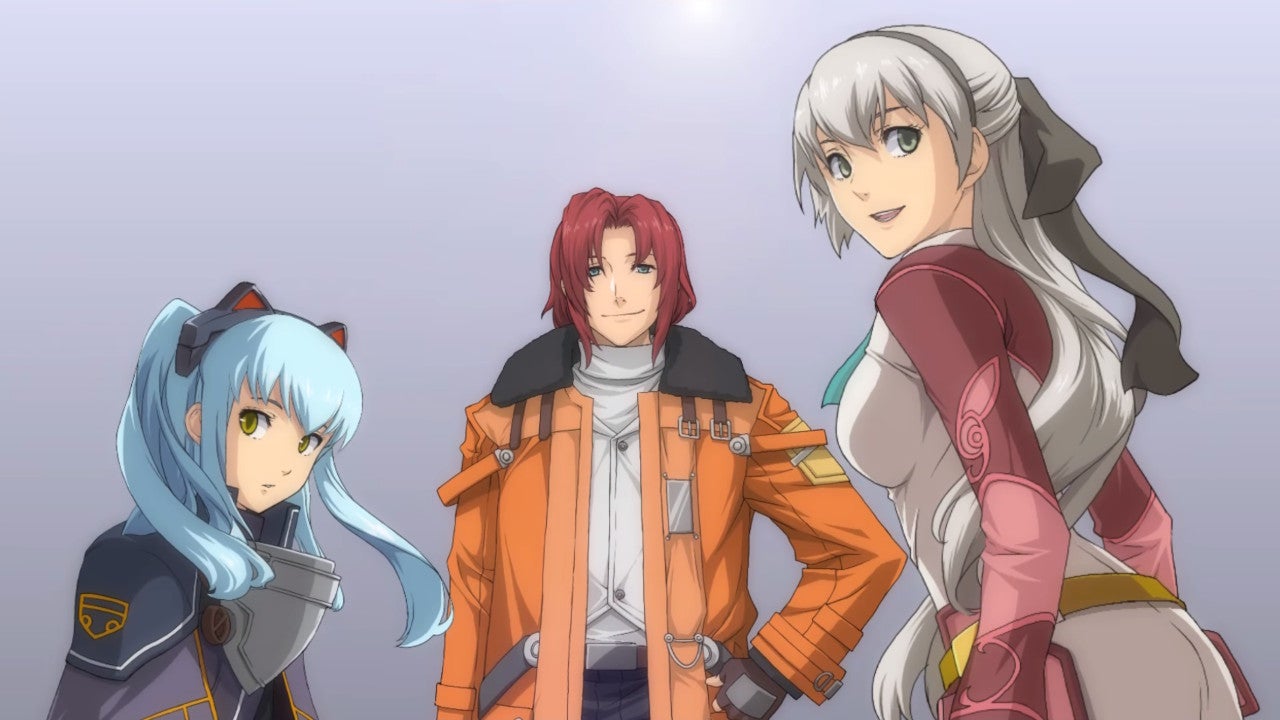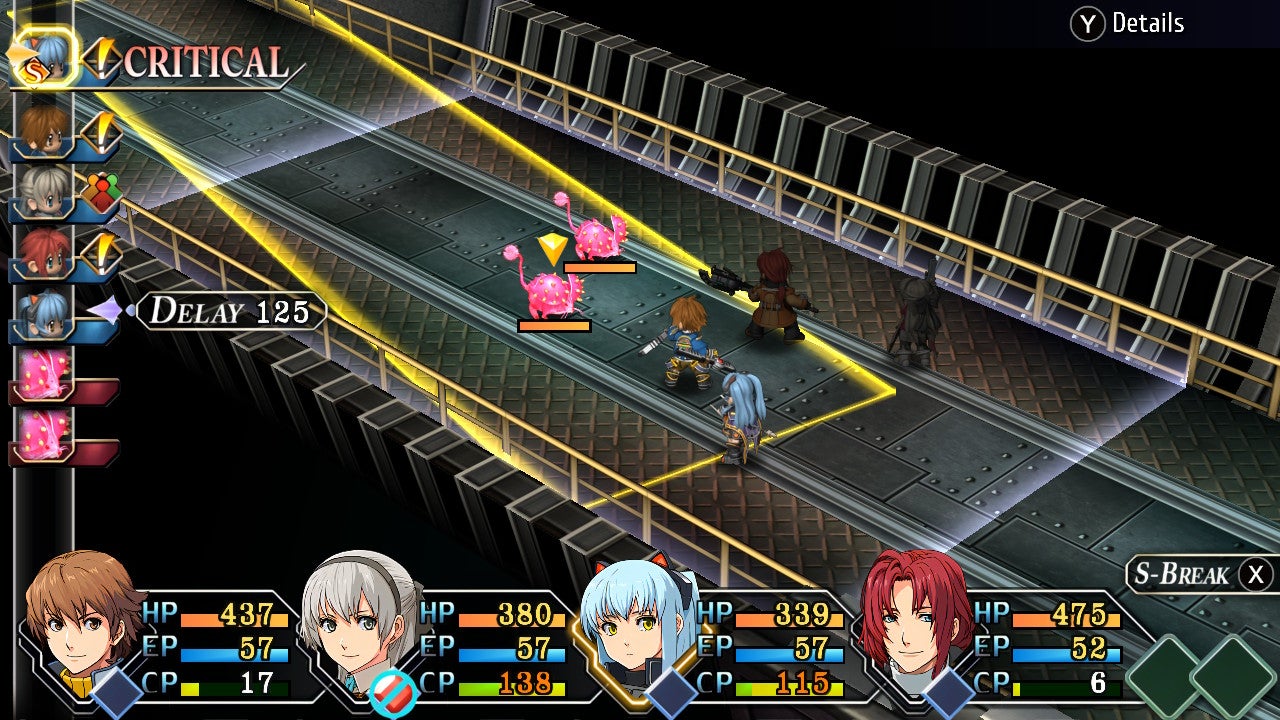My own journey with Trails began in 2020. Having finished Ys VIII, a friend recommended Trails of Cold Steel and a year later – Reverie and Kuro aside – I’d finished the wider series. Considering Kuro No Kiseki’s just kicked off the second half when there were 10 games before it, you can appreciate the sense of scale we’re working with here. Yet, I’d struggle to name a bad entry. Between stopping sinister forces in Liberl, ending a civil war in Erebonia, even landing in hell on one occasion, life was never dull. I’ve seen incredible tales and worldbuilding has always been Trails’ biggest strength, but it’s the telling of a grand story across so many games that sees Trails really stand out - a rare level of commitment for a continuing saga. Nihon Falcom is out to create one of gaming’s most ambitious series, leading the way with some fantastic character arcs. I’d argue no entry better exemplifies that than Trails from Zero. Playing as Lloyd Bannings, our journey begins by heading up a new police unit called the Special Support Section (SSS). Joined by Ellie, Randy, and Tio, Zero kicks off Trails’ second arc by taking us to Crossbell, an autonomous state inspired by Hong Kong. Here, we find this land stuck in a decades-long geopolitical dispute between the continent’s two major powers, Erebonia and Calvard. With each nation claiming sovereignty over Crossbell, that intriguing worldbuilding’s at play from the get-go. However, Crossbell’s biggest charm is, undeniably, itself. From the worn down SSS building to the outskirts like Armorica Village, there’s real character to it all. As the SSS, our role involves tackling direct requests from the public, similar to the Bracer Guild during Trails in the Sky. Unsurprisingly, this holds plenty of optional side requests, selected from your team’s PC. Between monster extermination requests, fetching cooking ingredients, and recovering a missing statue, the SSS doesn’t lack for things to do. Some of these quests are slightly repetitive, there’s no getting around that, but again, you’ve got no obligation to finish them. Naturally, you can’t keep people waiting forever - that’s rather rude when they need assistance - so there’s a set time limit to complete these in. Soon as you’re ready to advance, start tackling the mandatory request. Crossbell is a small city-state compared to the titans it’s stuck between, so we’re not going on a wide journey like Trails of Cold Steel offered. But there are plenty of locations to visit and if you’re in a hurry, you can switch on high-speed mode to blast through exploration and battles. Unfortunately for the SSS, the roads are teeming with monsters ready to attack on sight, so get ready to fight. There’s no random encounters, you can easily avoid enemies when exploring if you’re not feeling it. Or, you can strike them unaware to gain an advantage. Just don’t let them sneak up behind you, since the reverse is also true. Once initiated, fights shift into turn-based combat with grid-based movement. Alongside a standard attack, you can equip different team members with Quartz – I’ll elaborate on this more later. These can provide new utility Arts like healing, or Art attacks with elemental properties, like fire or water damage. However, Arts take longer to cast and cost EP, so use them wisely. Some enemies have elemental resistances and weaknesses, though foes are scannable to learn those crucial details. It requires a strategic approach, careful consideration, and combat is tactically quite satisfying. Each party member also has Crafts that use a seperate CP metre which builds up over combat. There’s no delay like Arts but I’d suggest hanging fire until you hit 100 CP, which lets you activate an S-Craft. Basically an"ultimate move", this can be used for both attacks or support, depending on the character. Better still, wait until 200 CP and it’ll double the effect, so it pays to be patient. Even now, combat remains highly enjoyable, helped by an upbeat battle theme, and there’s a thrilling sense of victory when taking down bosses. Winning fights through absurdly powerful S-Crafts remains undeniably enjoyable, in a way only over-the-top anime action scenes can provide. After you’ve won, you’ll earn EXP, potentially with percentage bonuses if you achieved certain criteria like taking no damage. If you’re struggling with fights, difficulty levels unfortunately can’t be changed mid-playthrough but rest assured, several changes can be made which forgo level grinding. Alongside a standard equipment system, using Quartz isn’t limited to just giving you more attacks. Some provide stat boosts like increased defence, movement per turn, evasion, or increased HP/EP, too. If you’re not finding each character fighting as you’d like, Zero provides plenty of ways to get creative. Once everything’s wrapped up in a chapter, Zero ranks your performance with Detective Points (DP), awarding new items upon hitting certain ranks. That’s determined by how many requests you cleared and decisions made during them, like preventing key NPCs taking damage in combat. Fair warning though, several quests are hidden and won’t be mentioned on the PC. It’s annoying as Crossbell’s a big city and unless you’re following a guide, some quest locations aren’t exactly obvious. Still, this does little to detract from Zero overall. Not only is there great character development, Nihon Falcom’s created a thoroughly engaging story which doesn’t shy away from the harder themes. Between corruption, religious fanaticism, and growing concerns over colonial ambitions, Crossbell’s inner workings present a potent exploration of the innocent lives caught in between. Zero’s story needs time to get going, this is a slow-burner in those opening chapters as it sets the scene. But once you get there, once it clicks, I didn’t want to stop. By placing you at the heart of its struggles, I became invested in its future. Nihon Falcom’s delivered a powerful story, capped off by a high-thrills finale, one that both chilled me with its revelations and proved emotional. I dare not spoil the specifics here but I was certainly moved. That said, it’s not all serious business. Thanks to a good sense of humour, Zero never takes itself too seriously, either. Being guilted by empty treasure chests for double checking them made me laugh, as did the team calling out Lloyd’s frequent cheesy speeches. The music’s still just as catchy as ever, Zero’s theme song being a particular favourite. Better yet, NIS America’s port isn’t a case of just slapping in the licensed fan translation and leaving it. Switch and PC players will find several quality-of-life additions, including the new message log, more UI options, and some graphical touch-ups. Unfortunately, these changes are absent from the PS4 version but I don’t consider this a dealbreaker. Zero never looked bad and having also tried it on PS4, that still holds true. It’s just that little bit cleaner elsewhere. These small changes don’t disguise Trails from Zero’s PSP roots but twelve years on, Nihon Falcom’s JRPG remains a winner. A fantastic RPG in 2010, Zero remains an excellent game now, thanks to a captivating story, entertaining combat, and some wonderful character development. With Trails to Azure getting localised next year, it won’t be long before the Crossbell arc is finally complete, and I can’t wait.








